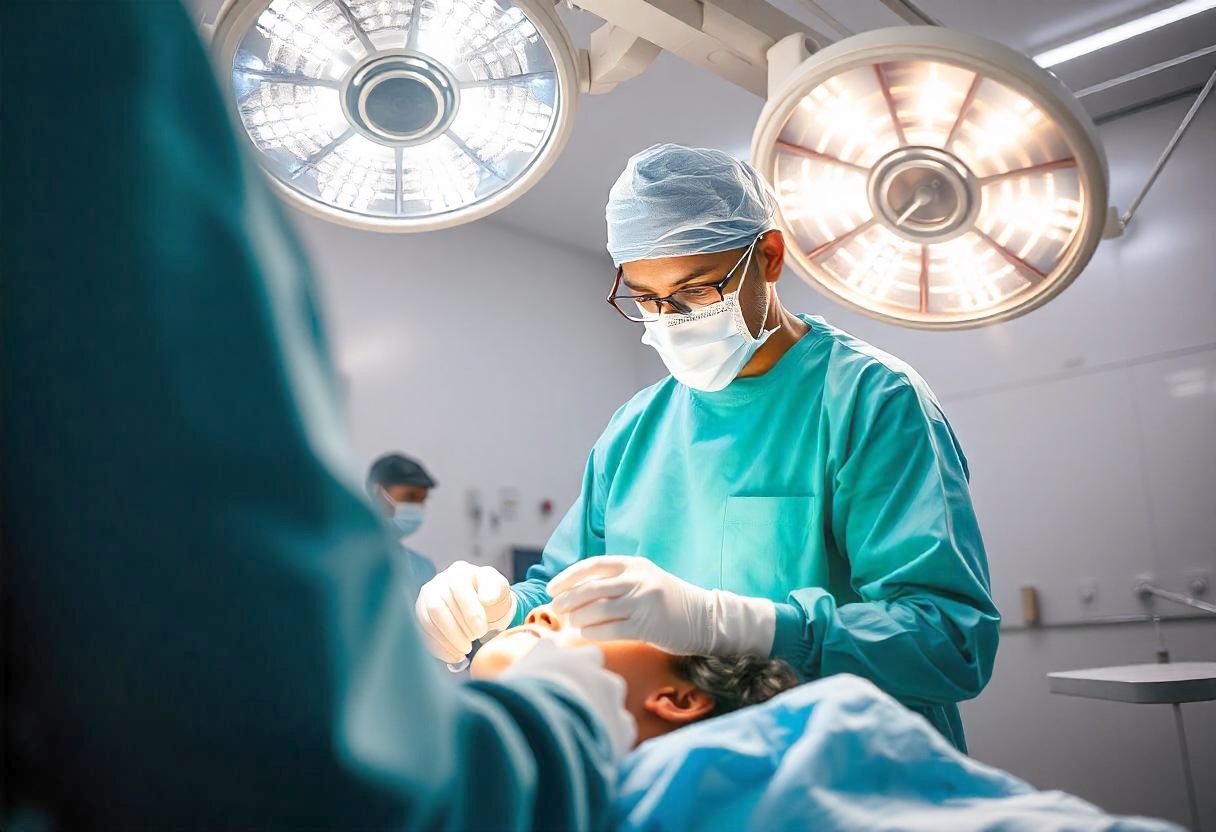
When preparing for a vision correcting surgery in advance, it is a stressful but wonderful experience. When thinking about lasik eye surgery austin tx or other kinds of refractive surgery, knowing what to expect will cut back on some of the stress and prepare you for a great experience. This entire guide will walk you through the various stages of the procedure, what to anticipate on recovery, and how to achieve the optimal outcome for your eyes.
Key Points
- Overview of popular vision correction procedures
- Pre-procedure preparation and factors to consider
- Step-by-step guide to procedure day
- Post-procedure recovery and care recommendations
- Frequently asked questions about vision correction
Types of Vision Correction Procedures
Vision correction technology has come a long way, and there are plenty of options out there depending on your own individual vision and eye health requirements. Some of the most common ones are:
LASIK
LASIK (Laser-Assisted In Situ Keratomileusis) is perhaps the most commonly performed and well-known laser eye surgery. It corrects astigmatism, myopia (nearsightedness), and hyperopia (farsightedness) by reshaping the cornea.
PRK
PRK (Photorefractive Keratectomy) is the same as LASIK but may be recommended for patients with thinner corneas. In PRK, the corneal surface is precisely reduced prior to reshaping the corneal tissue beneath it with an eye laser.
LASEK
LASEK (Laser-Assisted Sub-Epithelial Keratectomy) is a combination of the best of PRK and LASIK. LASEK surgery entails the production of a very thin flap inside the epithelial layer of the cornea, replaced after the treatment by the laser.
SMIL
SMILE (Small Incision Lenticule Extraction) is a newer, more minimally invasive laser surgery, ideal for myopia. It creates a small lenticule-shaped patch of tissue inside the cornea, which is extracted via a small incision.
Preparing for Your Procedure
Preparation is the key to uneventful and successful vision correction surgery. Keep in mind the following:
Choosing the Right Surgeon
Having an excellent surgeon who is qualified and experienced is necessary. Ensure that he or she is certified and has a satisfactory success rate with the procedure that you are looking into.
Initial Consultation
Your process will start off with a consultation, which involves having extensive eye tests by your surgeon to see what the most suitable process will be for your eyes. They will discuss potential risks, benefits, and also any other procedures that you might wish to weigh up.
Pre-Procedure Instructions
You might be told to discontinue contact lens wear and wear glasses for a short while prior to surgery. This steadies your cornea, enabling an accurate measurement and a successful surgery.
The Procedure Day
It may be reassuring to know what takes place the day of your procedure in order to minimize last-minute anxiety.
Before the Surgery
You will likely be told to avoid wearing any make-up or heavy wigs and to arrange for someone to take you home after the procedure has been carried out. Vision correction procedures are short, lasting only 15-30 minutes.
During the Surgery
You are awake but will not see, hear, or feel during the procedure. Numbing drops are placed in your eyes by your surgeon, and he or she may also administer a mild sedative to relax you. Computer technology is utilized to precisely guide the laser for accurate reshaping of the cornea.
Immediately After the Surgery
Within a few minutes of the procedure, you can feel some discomfort, blurring of vision, or sensitivity to light. These are transient side effects that can clear in hours to days.
Post-Procedure Care and Recovery
Good post-procedure care is crucial for optimal healing and improvement in vision.
Follow-Up Visits
Follow-up appointments are essential. Your surgeon will monitor your recovery and improvement in vision, and adjust your post-operative care plan accordingly.
Managing Side Effects
Dryness of the eyes, halos, glare, and light sensitivity are all usual side effects. They will eventually subside, but your doctor may recommend the use of eye drops or other medication to assist in reducing the irritation.
Long-Term Care
Follow-up eye exams on a regular basis after surgery are necessary in order to keep your eyes properly healthy and your vision correction stable.
Frequently Asked Questions
How long is the process of recovery?
The majority of patients experience extraordinary vision improvement after 24-48 hours, though it will take a couple of weeks to stabilize.
Are there any limitations after surgery?
Steer clear of swimming, hot tubbing, and sports contact for one week to prevent infection and ensure maximum healing.
Is vision correction permanent?
Yes, in most patients, the corrections that are performed on your cornea are permanent. There are some patients who might need a follow-up procedure if the vision changes in the years ahead that come with natural aging.
Understanding what is done at each stage of your vision correction surgery will make you less anxious and more comfortable with the procedure. With proper preparation and aftercare, you can be assured of the success of the result and of the joy of seeing better.





Leave a Reply